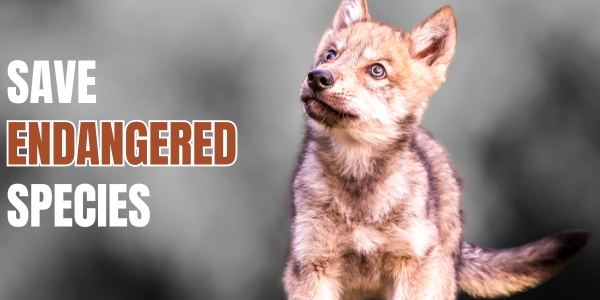Photo credit: Dennis Caldwell
Morafka’s desert tortoise (Gopherus morafkai) | ESA status: none
Morafka’s desert tortoise
Morafka’s desert tortoises may live up to 35 years, but they lack the Endangered Species Act protections of other desert tortoises, leaving them vulnerable to myriad threats.
Morafka’s desert tortoise habitat
Morafka’s desert tortoise populations are found primarily on the rocky slopes and bajadas of the Sonoran Desert of Arizona and Mexico.
Morafka’s desert tortoise diet
Though they are one of the largest native herbivores in their ecosystem in terms of mass, the tortoise’s reach is limited – this slow traveller will have to pass up any vegetation taller than a half-meter.
Adapted to desert life
Morafka’s desert tortoises have a few tricks up their shells for dealing with desert environments. They are well adapted to conserve water and spend 95 percent of their time in their cool burrows. Neighbors in those burrows may include ground squirrels, pocket mice, kangaroo rats, spotted skunks, kit foxes, burrowing owls, Gambel’s quail, poorwill, roadrunners, and a number of other reptiles and insects.
What are the threats to the Morafka’s desert tortoise?
Unlike desert tortoises in the Mojave Desert and the Beaver Dam Slope in Utah, which are protected under the Endangered Species Act, the Morafka’s desert tortoise was denied protection by the federal government in 1991. This leaves it vulnerable to many threats, including off-road vehicles, urban sprawl, and livestock grazing. Because of these threats, Morafka’s desert tortoise populations have declined by 51 percent since 1987.
Historical Significant Actions
U.S. Fish and Wildlife Service finds the Morafka’s desert tortoise “not warranted” for listing October 2015
Morafka’s desert tortoise included in landmark settlement with the U.S. Fish and Wildlife Service May 2011
WildEarth Guardians and Western Watersheds Project file file lawsuit to compel overdue listing determination February 2010
WildEarth Guardians and Western Watersheds Project files petitions to list the Morafka’s desert tortoise October 2008
Wildlife Press: Morafka’s desert tortoise
Fish & Wildlife Service Agrees to Reconsider Sonoran Desert Tortoise for ESA Protection
The agreement was reached after WildEarth Guardians and Western Watersheds Project challenged the Service’s 2015 decision not to list the species for protection
Read more >